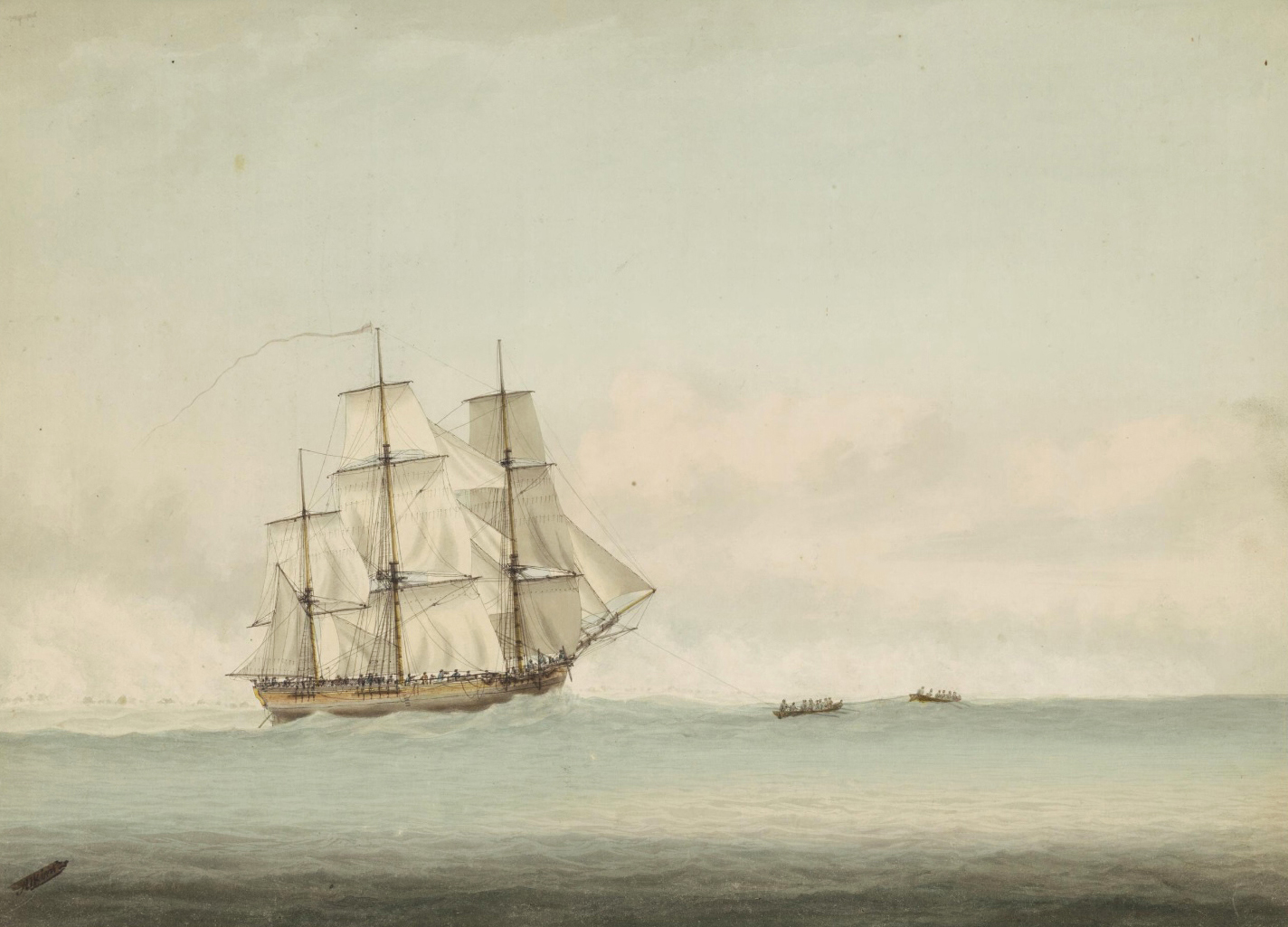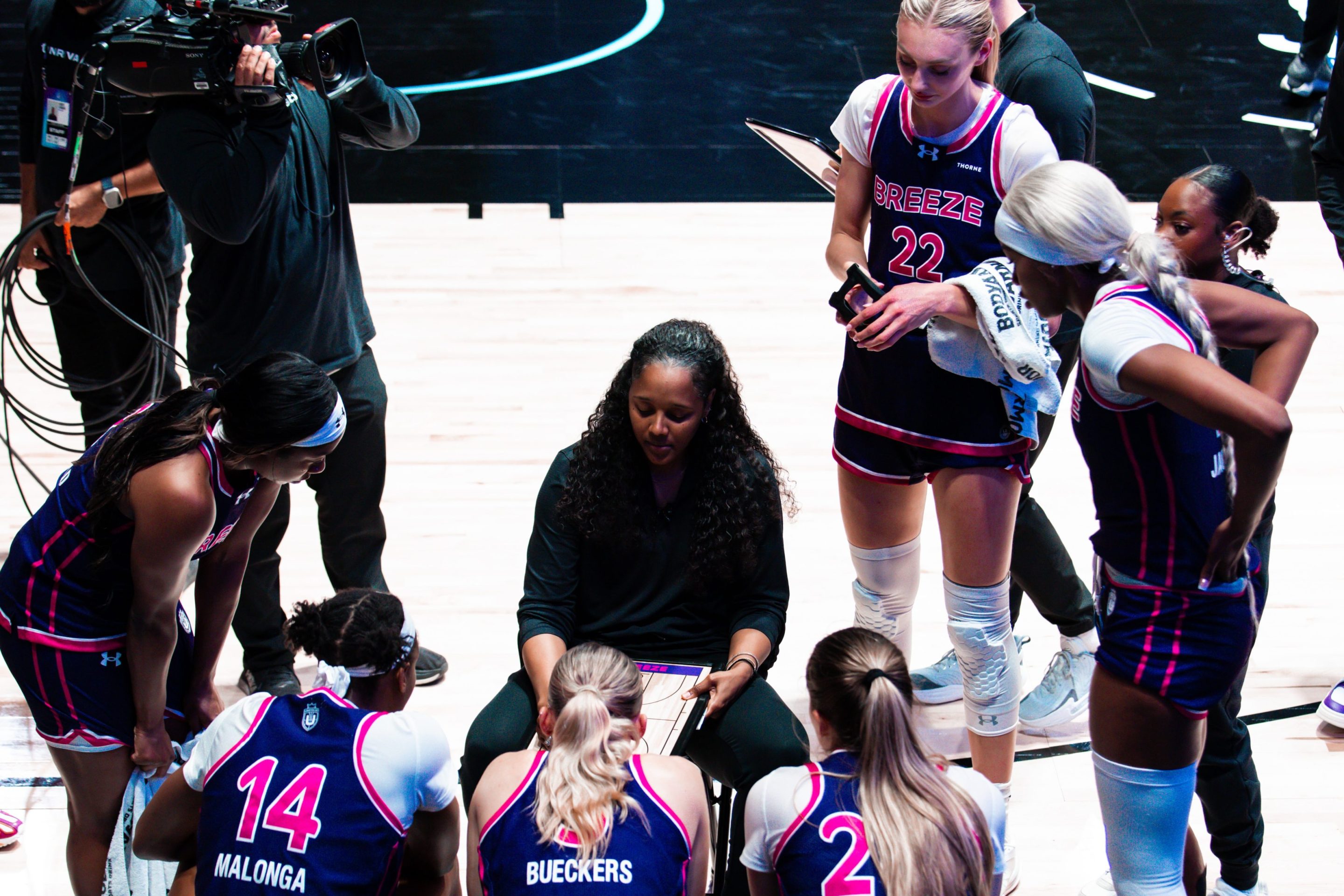In February, Australian archaeologists tentatively identified a crumbling wreck off the coast of Rhode Island as the famed HMS Endeavour, the ship commanded by James Cook in 1768 on a mission to secure Australia and New Zealand for the British crown. This identification was promptly challenged by Rhode Island archaeologists, who claimed there was not enough evidence to identify the shipwreck, also known as RI 2394, as the Endeavour. The real identity of RI 2394 remains unsettled, and it may well stay that way. That is because the ship that may or may not be the Endeavour is being devoured by shipworms, reports Brian Amaral in the Boston Globe.
Shipworms, which are not worms but clams with naked, noodle-like bodies that wear their teensy shells like a helmet and can grow 20 inches long, are named for their tendency to eat ships. The worms spend their adulthood burrowed into wood, which they eat with the help of symbiotic bacteria dwelling in their gills. Amaral reports that Reuben Shipway, a shipworm expert at the University of Plymouth, dove down to the wreck RI 2394, retrieved some shards of wood, and found that the planks were riddled with the naval shipworm Teredo navalis. Less than 15 percent of the original wood of the Endeavour remains, and the shipworms are busily destroying all that is left of a ship that made history by connecting the United Kingdom to Australia and New Zealand.
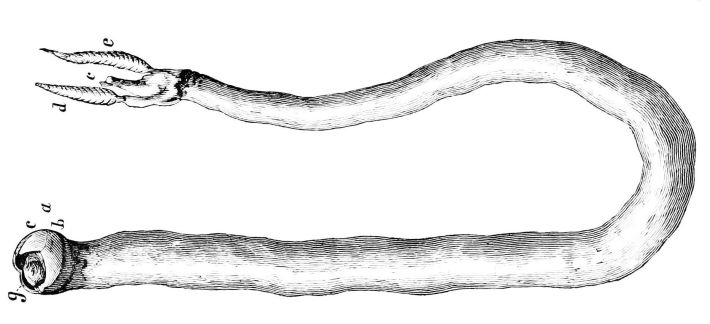
And to all that I say, good! Let the shipworms eat Captain Cook's ship. Let us not feel compelled to spend inordinate amounts of money to retrieve the wreck from its watery grave without damaging it. Let us also not go to the lengths of burying the remains of the ship in sand so that the shipworms can no longer eat it. The natural world has historically not been afraid to take sides in this matter; part of the Great Barrier Reef famously struck and nearly sank the Endeavour in 1770.
Let us not forget either that Captain Cook was a hall-of-fame bad dude. He set sail for Tahiti in August 1768 under the cover of a supposedly scientific voyage, charged with observing the transit of Venus, writes Lorraine Boissoneault in Smithsonian. But Cook's real, secret mission was to "discover" new land, particularly the rumored great southern land mass in the Pacific. His voyages, made possible by the knowledge and wayfinding prowess of Polynesian navigators including Tupaia, would trigger the brutal British colonization of the South Pacific.
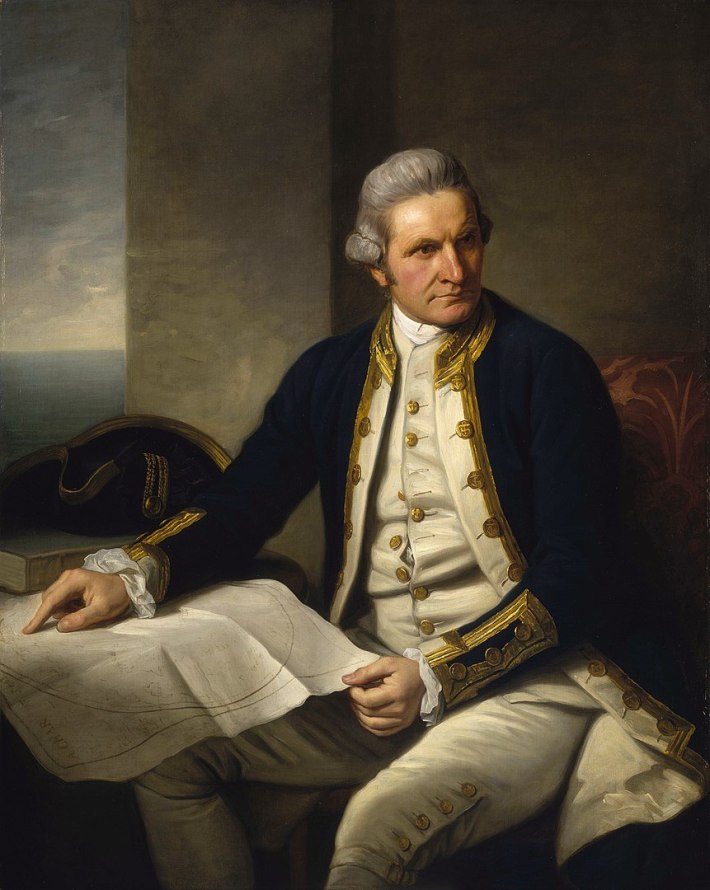
Cook's given instructions stated he was, "with the consent of the natives, to take possession of convenient situations in the country, in the name of the King of Great Britain.” Yet Cook did not seem at all concerned with securing anyone's consent, as he and his crew kept shooting and killing the Māori people he met along the coast of New Zealand. And when Cook and the crew of the Endeavour eventually landed in Botany Bay, Australia, and shot at the Aboriginal people who clearly lived there and had been living there for tens of thousands of years, Cook declared the eastern coast of Australia Terra Nullius, or "nobody's land," and claimed it for Britain. Also he stole a bunch of spears. Bad guy behavior!
After Cook's Pacific voyages, he sailed the Endeavour back to Dover in 1771 and would go on two more voyages, this time on the sloop HMS Resolution, and eventually get himself killed on the third voyage after attempting to kidnap Kalaniʻōpuʻu, the ruling chief of the island of Hawai‘i, an incident that inspired some glorious historical fan art. The Cook-less Endeavour was sold to a private owner, who iconically rechristened the ship Lord Sandwich. The good ship Lord Sandwich then sailed to New York to transport British troops and hold American prisoners before being unceremoniously scuttled, meaning deliberately sunk, in Newport Harbor. I can't think of a better meal for all the hungry shipworms in New England, a buffet of storied planks that are the closest these clams will come to ever eating a sandwich.
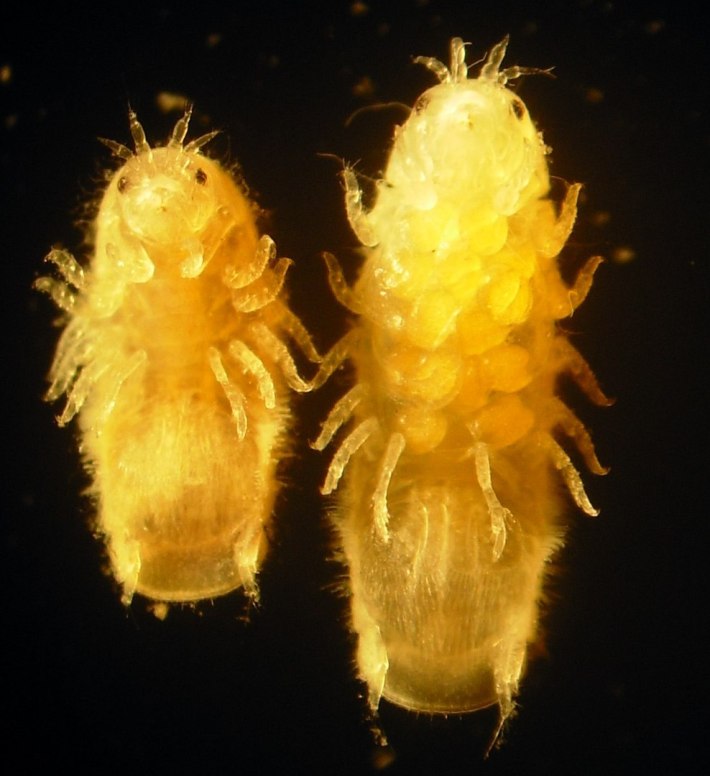
Shipway also observed crustaceans called gribbles munching on the wood. Gribbles, marine isopods that are less than an inch long, are excellent at breaking through lignin, the tough coating that ensconces wood's sugar polymers. This makes gribbles very efficient at unlocking the energy in wood, a process humans would love to steal from the gribbles as we seek to produce more sustainable biofuels. This seems to me the most concrete good that any living thing has made of the Endeavour.
Besides, who are we to take away a feast that has lasted for more than 250 years! Imagine if you and all your friends were all at Sizzler having the time of your lives when some large hands suddenly dumped a bunch of sand on your table, effectively burying you and your food. I'd be pissed! May the gribbles and shipworms munch on, undisturbed. And for all the monuments to Captain Cook that remain standing around the world, the metal-eating bacteria in the ocean is surely ready to get to work whenever the time comes.
